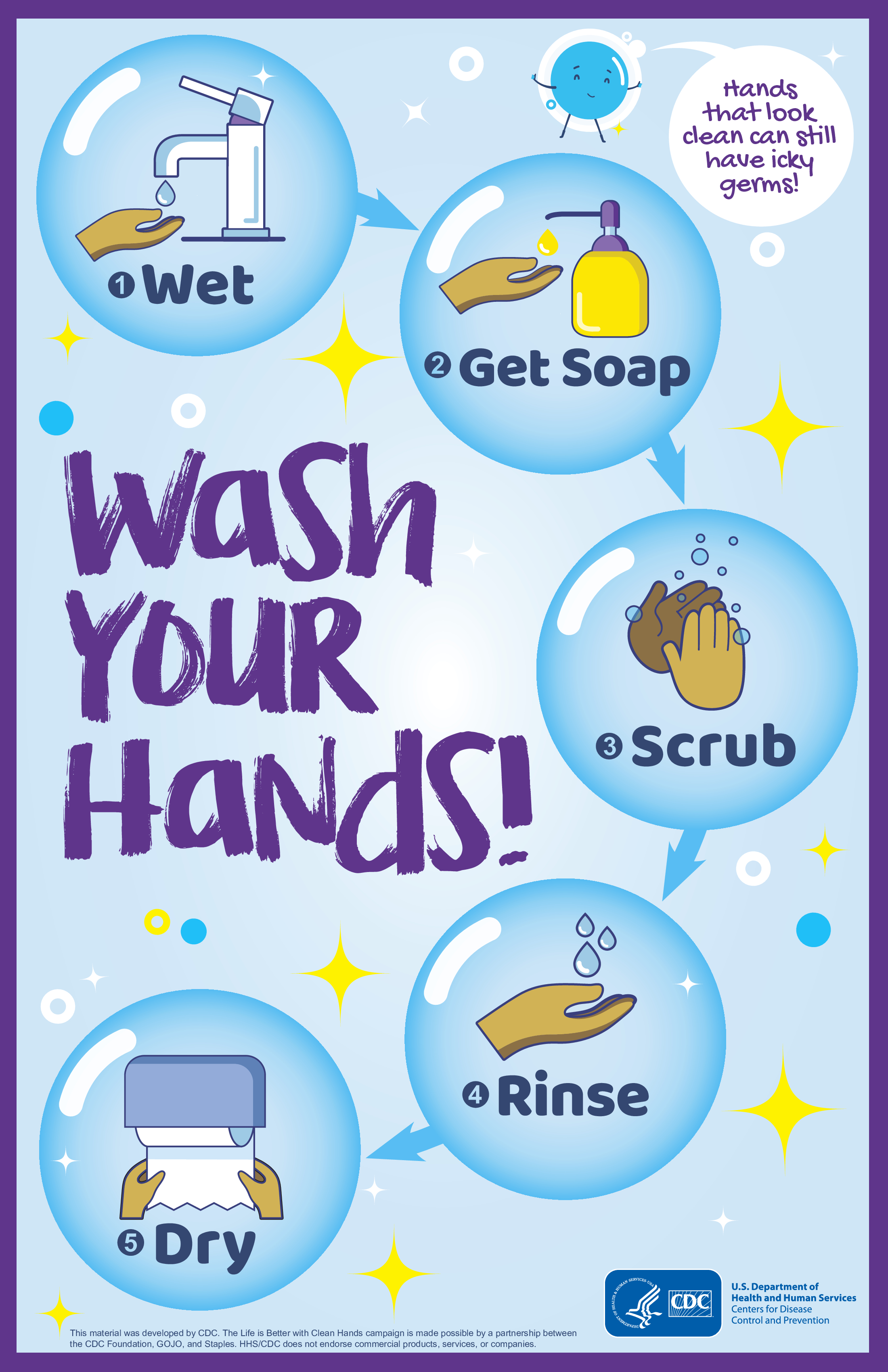The coronavirus, officially named COVID-19 by the World Health Organization, is now in Indiana.
With so many questions and fears surrounding the virus, it’s important to have all the facts. Let’s start with those.
Indianapolis-area closures
Schools/Universities
- Marion County Schools
All public and city-sponsored charter schools in Marion County will be closed beginning on March 16 with the plan to reopen on April 6. - Carmel Clay Schools
All schools will be closed starting March 16 and students will return to school after spring break on April 13. Virtual learning will begin on March 18. - Park Tudor School, Indianapolis
Closed with the goal of reopening on April 13. E-learning will begin on Monday, March 16. - The Orchard School, Indianapolis
School closure taking effect March 12 with the plan to open back up after spring break on April 12. - Avon Community School District, Avon
All schools closed through March 20. Students and staff will utilize e-learning from home and return to school after spring break on Monday, April 6. - Indiana University, Bloomington
Following the school’s spring break (March 15-20), on-campus classes will be taught remotely through April 5. Students are encouraged to travel home. - Purdue University, West Lafayette
On-campus classes will be taught remotely beginning March 23. - University of Indianapolis
Spring break for students is extended from March 16 to March 22. Classes will resume remotely on March 23. - University of Notre Dame, South Bend
All in-person classes suspended. No classes at all the week of March 15 to allow professors time to switch to remote format. Classes resume virtually on March 23 – April 13 (at the earliest).
Services/Organizations
- Indianapolis Public Library
All locations, programming, etc. will be closed as of March 14 at 5:00pm with plans to reopen on April 6. Learn more. - Special Olympics Indiana
All sport trainings, competitions, and other activities involving athletes suspended through March 31, including the 2020 State Basketball Tournament. Learn more.
Businesses
- The Park at Traders Point Church, Whitestown
Closed until further notice. - Chick-fil-A, Avon
Play area closed until further notice. Restaurant still open. - Chick-fil-A, Plainfield
Play area closed until further notice. Restaurant still open.
We will do our best to keep this list updated. If you know of a closure that is not on our list, please let us know at [email protected].
The information below comes directly from the Center for Disease Control and Prevention (CDC).
What is COVID-19?
COVID-19 is the official disease caused by a new strain of coronavirus that has not been seen in humans until now. This coronavirus was first detected in China and has been named “SARS-CoV-2,” while the disease it causes is called coronavirus disease 2019, abbreviated “COVID-19.”
Symptoms of COVID-19:
- Fever
- Cough
- Difficulty breathing/shortness of breath
Effective preventative measures:
- Wash your hands often with soap and water for at least 20 seconds, following the CDC’s five steps: wet, lather, scrub, rinse, dry.
- If you want to use hand sanitizer, use an alcohol-based sanitizer with at least 60% alcohol in it.
- Cover coughs and sneezes with a tissue, then throw the tissue away. If you don’t have a tissue, cover your mouth with the inside of your elbow rather than your hand.
- Avoid touching your face.
- Avoid close contact with people who are sick.
- Stay home if you feel sick.
- Clean and disinfect frequently touched objects and surfaces.
- Wear a facemask ONLY if you are sick or are caring for someone who is sick. If you are not sick, do not wear a facemask.
If you have been exposed to or are sick with COVID-19, you should:
- Call your doctor.
To minimize the risk of spreading the virus, call your medical provider to inform them of your situation before going in for testing. This will help your provider take the necessary steps to keep others from being exposed to the virus. - Stay home.
People who have mild cases of can self-quarantine at home during the illness. Avoid leaving home, except to seek medical attention. Avoid public areas (such as work, school, the grocery store, etc.) and public transportation (including ride-sharing services and taxis). - Separate yourself from others in your home.
If possible, you should stay in one room and use a bathroom that no one in your home will use while you are ill, away from other people and/or animals in your home. Although there have not yet been reports about pets contracting the virus, it’s best to completely isolate if possible until more is known about the virus. - Wear a facemask.
If you are sick or if you are caring for someone who is sick, wearing a facemask is helpful in preventing the virus’ spread. - Read more here on the CDC’s website.
Find more information on the CDC’s website about COVID-19 in relation to:
- Symptoms and testing
- Fear and stigmas
- Travel
- Pregnant women
- Children
- Breastfeeding
- Caregivers and home care
- Healthcare professionals
- Schools and childcare programs
- How businesses and employers can plan and respond
- FAQs
Armed with the facts, we hope you’ll feel more confident in approaching somewhat of a confusing time. We will continue to update this article as we learn more!








